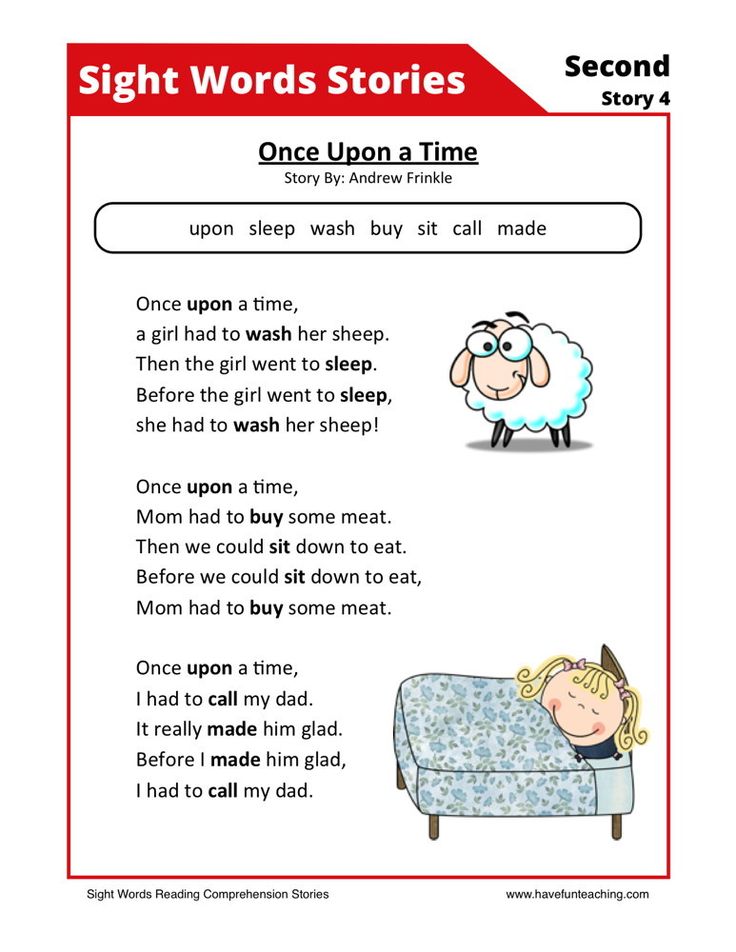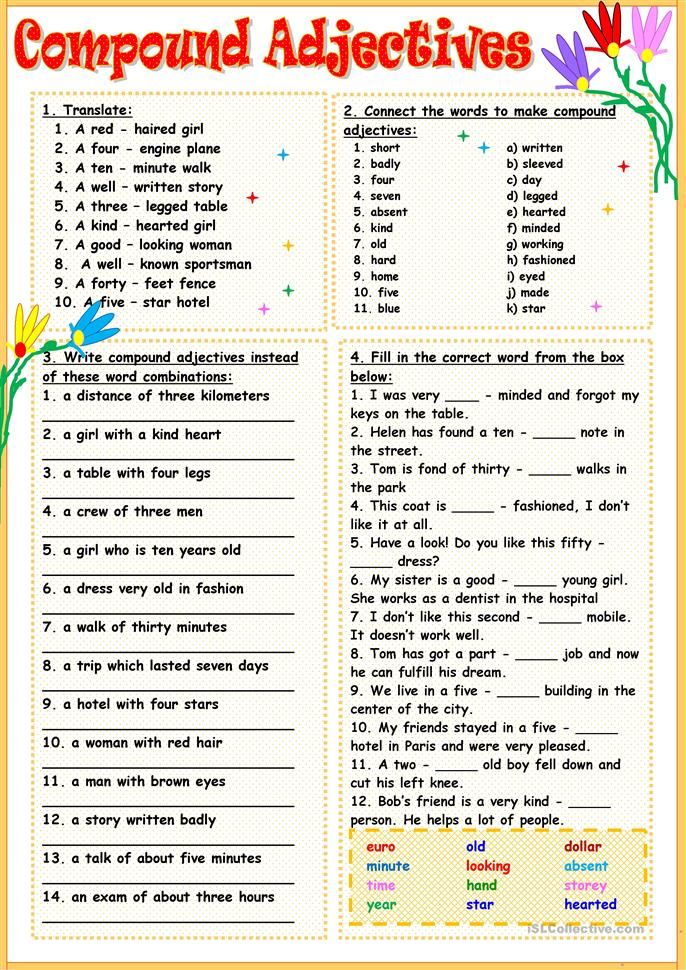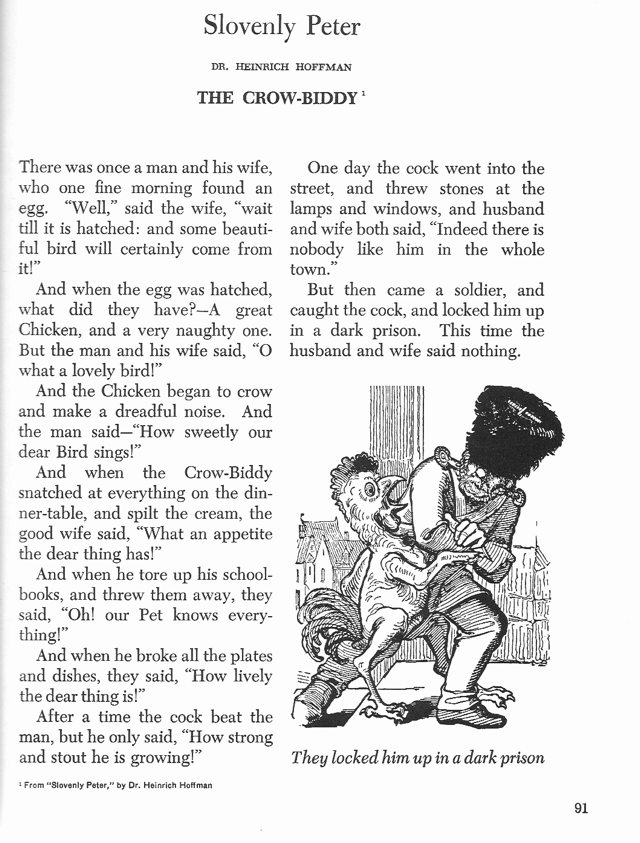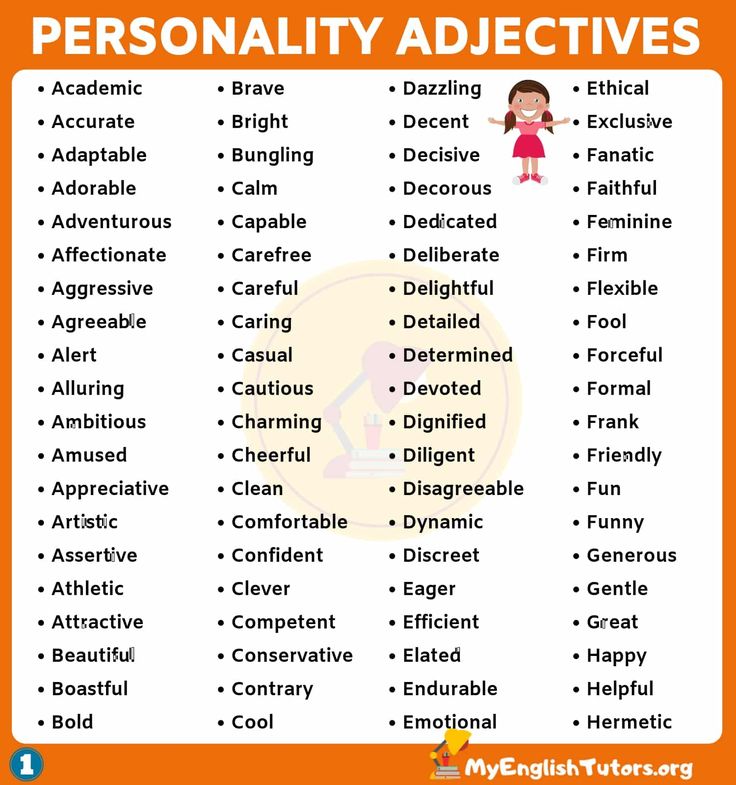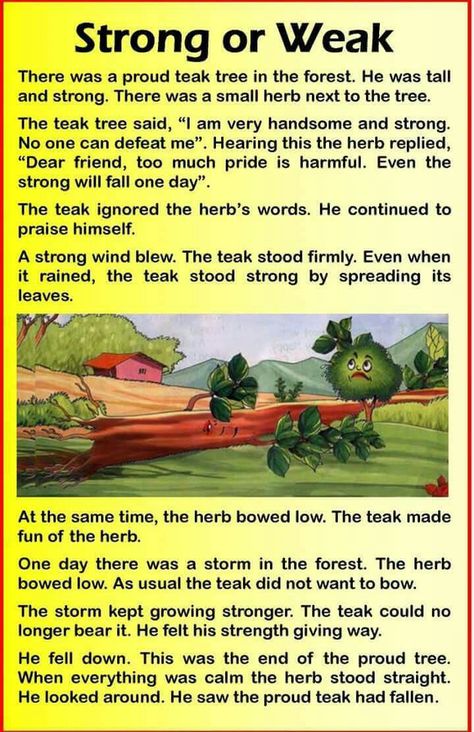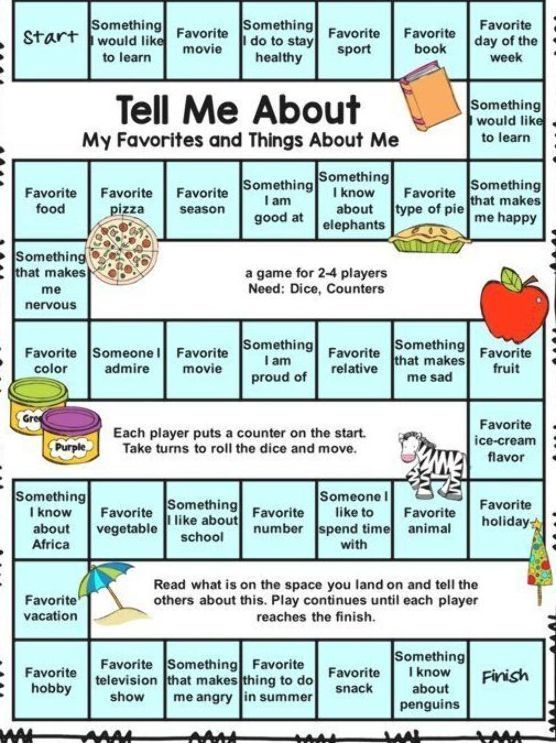What is print reading
Basic Print Reading
Basic Print Reading
Prints are manufacturing instructions and generally contain a drawing, dimensions, and notes. Print Reading is the universal form of communication allowing the engineering department and the manufacturing department to communicate all the information that is needed to manufacture a product. Upon completion of the program, you will have gained a new set of skills for reading engineering prints.
Course Outline:
- The Basics of Manufacturing Prints
- The Reading of Manufacturing Prints
- The Total Manufacturing Print
- Views
- Dimensions
- Tolerances
- Geometric Dimensioning and Tolerancing
- Surface Finish
- Threads
- Machine Terms and Manufacturing Processes
- Casting, Forging, and Molded Part Prints
- Welding and Sheet Metal Prints
- Gears, Splines, and Cams
- Types of Manufacturing Prints
Students will be able to:
- Interpret and describe the technical information provided on industrial prints through drawings, dimensions, and notes.
- Navigate the total manufacturing print, including lines, scale, language, symbols, title blocks, and other components.
- Visualize parts from drawings consisting of multiple views, including basic, auxiliary, partial and various types of section views.
- Identify part dimensions and tolerances including geometric dimensioning and tolerancing.
- Calculate minimum and maximum allowable values for dimensions considering tolerances
- Interpret standard surface finish symbols and screw thread designations.
- Interpret symbols and notes used to communicate special manufacturing requirements that are not directly illustrated and dimensioned.
- Analyze drawing features, symbols and notes unique to castings, forgings, and molded part prints.
- Analyze weld symbols and interpret the unique symbols found on welded part prints and sheet metal prints.
- Analyze drawing features, symbols and notes unique to gears, splines, and cams.

- Identify relevant information from a variety of other common types of prints.
Who Should Attend:
- Machine operators
- Quality control inspectors
- NC programmers
- Shop supervisors
- Metal-working manufacturing personnel
- Engineers
- Engineering managers
- Other manufacturing professionals interested in learning how to read blueprints or updating their knowledge in this area.
What former students have said
- "It was an interesting, informative class. Someone with no college or secondary school background could easily follow the class, and easily bring it to their workmanship / work floor." - Student, Columbia Tech, 3/23/2018
- "Loved the class. Charles kept us moving and thinking in groups and we received quite a bit of knowledge towards reading blueprints" - Rafalaela Melo, Tegra Medical, 12/3/2018
- "It was an awesome experience and I would love to take more classes in the future" - Dunavan Fahey, Tegra Medical, 12/3/2018
Plan Your Training Course
Use the Contact Us link to begin discussing your training objectives and planning for training delivery at your site or virtually.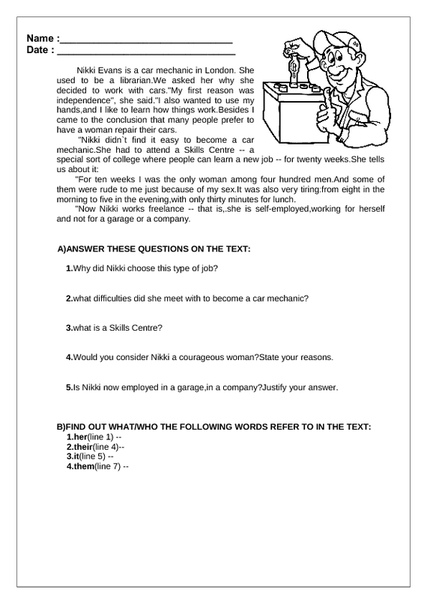
Contact Us
Print Reading for Today | ASQ
- Home /
- Learning /
- Print Reading for Today
Questions? We Can Help.
- Contact Customer Care
Enroll Now
Share this page
- CEU Hours: 0
- Length: 16 Hours
- ASQ RU: 1.6
- Audience: New to Quality, Practitioner, Professional
- Provider: Tec-Ease, Inc
Enrollment Details
Format: E-Learning
Internet-based, self-paced training modules, which may involve combinations of text, visuals, audio, interactive simulations and quizzes (see specific courses for features and tools).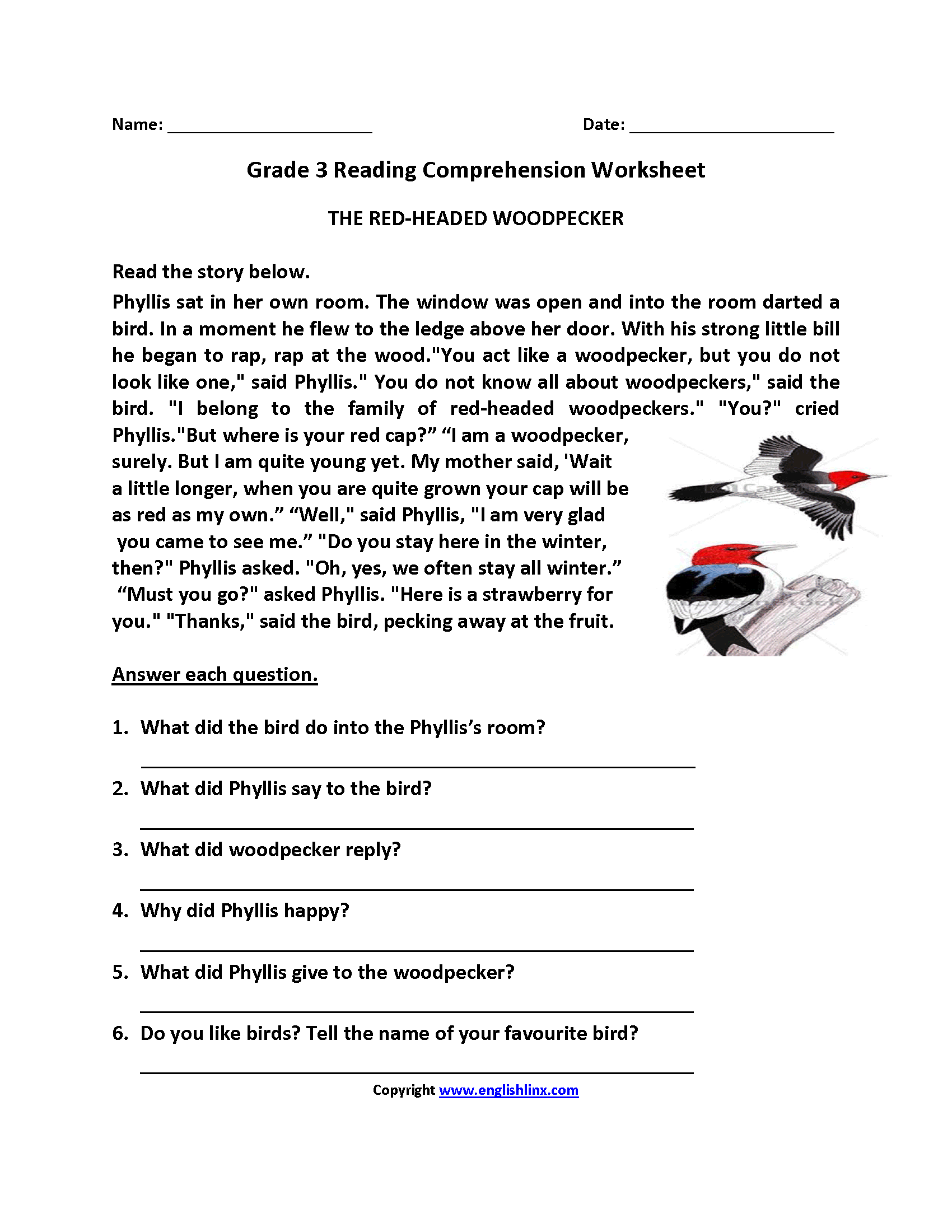 These web-based courses require a computer and Internet access.
These web-based courses require a computer and Internet access.
| PRTTEC | Self-Paced | English | 365 Days |
List: $499. 00
Member: $449.00
00
Member: $449.00
|
Add To Cart |
Corporate Training
Custom training options for your organization
Need cost-effective learning with customized delivery? ASQ can train your employees on your schedule.
5 Key Benefits of Training with ASQ:
- Single-Point Provider: Manage your teams live sessions and e-learning via a dedicated ASQ account manager for continuous guidance and support throughout your learning program.
- Reliability: ASQ's expert instructors and world-renowned quality content is at your service to upskill teams anywhere they are.

- Cost efficiency: Choose from virtual, face-to-face, and e-learning to optimize your ROI and minimize disruptions of your operations.
- Immediate results: Employees complete courses ready to apply what they have learned.
- Convenience: Get the training you need anytime, anywhere, from any device. Become an ASQ Organizational Member for even more benefits!
Corporate Training
Become a Member
How do you read printed or e-books? — ALL ABOUT INTERNAL COMMUNICATIONS
When we talk about New Media, we don't even think in what form these media are - of course, in electronic form. About how we, by nature, perceive information from paper and electronic publications, we will talk today in this article. Who do you think will win - paper or electronic reading?
With any global change in technology, questions arise about the speed of these changes, and their impact on existing technologies.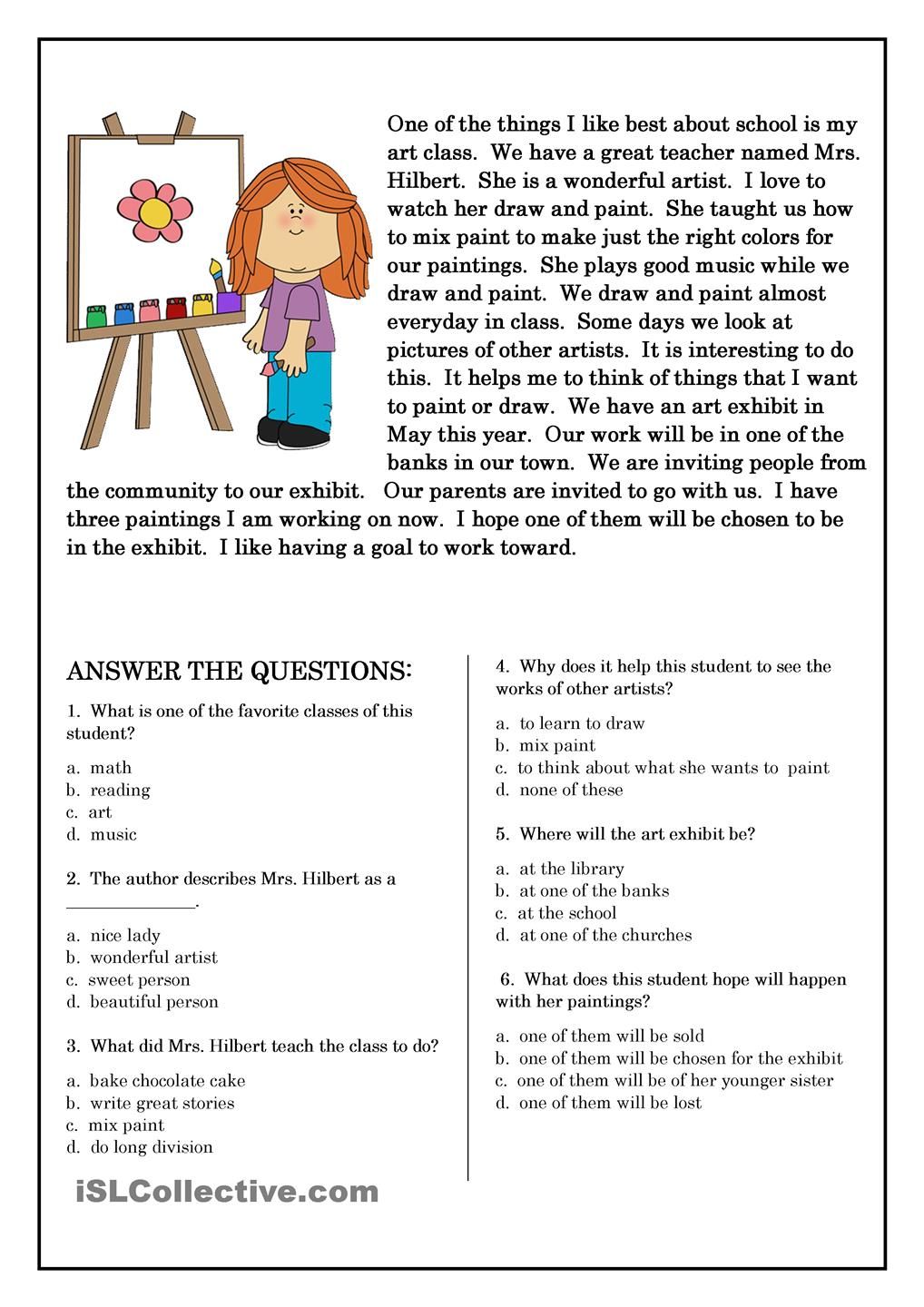
Just as it was with the birth of television and its influence on cinema, or the influence of CDs on vinyl records, today's discussions about the opposition of paper and electronic books are heating up in earnest.
Such conversations revolve around whether consumers prefer paper or electronic books, how the “carrier” affects the perception of content, its storage in memory, generalization, and memorization. In advertising, influence, familiarization and influence on memory become important methods of work. Perhaps the essence of such a discussion is how strong the habit or routine of reading is on the first or second type of media, and what effect the idea embedded in each of them has on our thinking.
We are bombarded with research proving the greatest effectiveness of this or that vehicle. It is possible that each time the conclusions of analysts correspond to reality. Routine and habit play an important role in a person's choice of one of these two carriers. Every reader of books, newspapers, and magazines will have their own arguments. A recent student survey found a clear preference for paper (57%), with "ease of use" and "ability to take notes" being the most important arguments. E-books have a significantly worse result (21% preference).
Every reader of books, newspapers, and magazines will have their own arguments. A recent student survey found a clear preference for paper (57%), with "ease of use" and "ability to take notes" being the most important arguments. E-books have a significantly worse result (21% preference).
Does the screen motivate reading as much as the paper does?
American mathematics professor Jordan Ellenberg has developed the "Hawking Index"*, which shows how far users delve into reading e-books. This figure suggests that Donna Tartt's The Goldfinch is read almost from start to finish, while Thomas Piketty's Capital in the 21st Century is dropped at page 26. Although the index itself is not a scientific criterion, it indicates a difference in motivation for reading books on electronic media. To what extent the carrier itself influences this remains a question.
Julian Baggini recently published an interesting article in the Financial Times on paper and/or screen reading, "Ebook vs. Paper".
Paper".
"E-Book vs. Paper" - Which One Does Your Brain Prefer?
Research is forcing us to rethink how we respond to the printed word. Choosing books to read while on vacation has become more difficult in recent years. Today, it's not just a question of what to read, but how to read - on paper, on a tablet, in an e-reader, and perhaps even on a phone - and everyone has their own strong opinion about what is best. But is there anything else other than cost and convenience that influences your decision? The answer to this question, which has been posed by numerous studies in the field of neurology and the psychology of reading in various formats, is a categorical “yes”.
There is no shortage of those who warn of the risks associated with the rise of "screen culture," as the neurologist Susan Greenfield calls it. She constantly expresses her concern that as we deepen with technology into uncharted territory, "the brain may be undergoing unprecedented adaptations. " Although Susan usually emphasizes that the changes that are taking place can be both bad and good, her most negative assumptions are picked up by the media and presented in much more exaggerated forms.
" Although Susan usually emphasizes that the changes that are taking place can be both bad and good, her most negative assumptions are picked up by the media and presented in much more exaggerated forms.
On the other side of the cultural dividing line, writer and critic Will Self has recently argued that so-called co-occurrence. "digital world" has become fatal for serious novels that require the reader's full attention. Looking ahead 20 years, he asked: “If you accept that by then the vast majority of texts will be read electronically on Internet-connected devices, do you also believe that future readers will voluntarily disconnect from the worldwide web? By answering “no” to this, you affirm the death sentence for the novel.”
E-reading is definitely growing in popularity
The Pew Research Center reports that back in 2010, few people in the US owned a tablet or electronic device for reading books (popularly called "reader"). Today, half of Americans have them. The percentage of people who read an e-book during the year rose from 17% in 2011 to 28% just three years later.
The percentage of people who read an e-book during the year rose from 17% in 2011 to 28% just three years later.
Data from Nielsen, a book sales tracking company, shows that one in four books were purchased electronically in the UK in 2013, down from just one in five books sold electronically just a year earlier.
Is this cause for concern? There is some evidence that screen reading can affect the perception of meaning and even disrupt sleep patterns. But research in this area is complex and incomplete, and in any case, it does something much more interesting than just telling you which media is better. They make us think about what it means to "read" in general.
Researchers who study the differences in reading across media must also look carefully at what we do as we read. Take, for example, the difference between "in-depth reading" with full immersion in the text, and "active study" in which marginal notes are made and the book is set aside to check with some other source.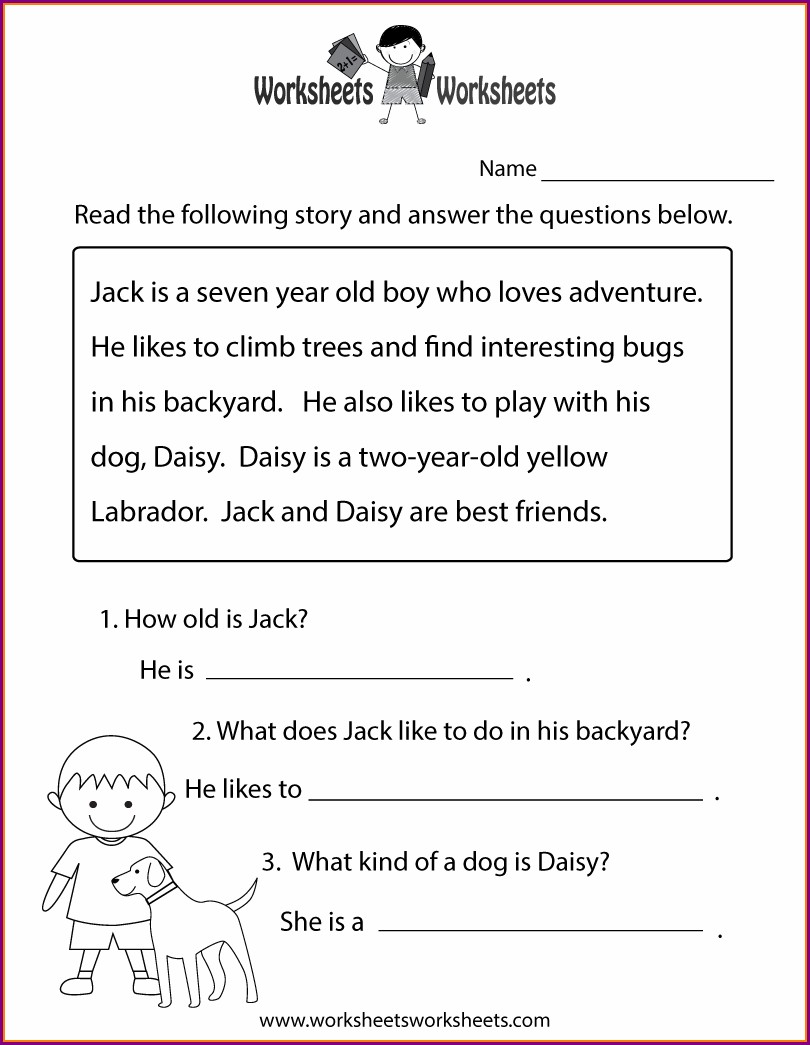
When Anne Campbell of the Open University in Scotland looked into how students use Kindle electronic devices and paper books, she concluded that "readers" promote more in-depth reading and less active study , which seems to have been directly influenced by the design of the devices. “Students are less distracted with this very primitive Kindle device,” she said. “Because of the lack of the very opportunity to distract themselves, they are practically forced to concentrate on reading.”
Diagonal or with gaps?
One can read quickly and shallowly, read with gaps, read carefully from cover to cover, or obsessively take notes in the margins, such as "scroll forward" and "back back." Another reading-related and oft-repeated finding is that people read screen text more slowly than a book page.
Sara Margolin of the State University of New York has also done research in this area. She says that "in fact, slow reading gives us more time to form a more coherent mental image from the read text", moreover, "by not jumping from one to another in the process of reading", you are doing "the right thing, since it is makes you read the text in order, following the structure of the book conceived by the author.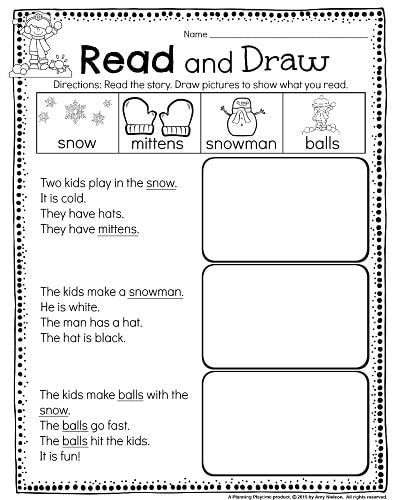 However, this discourages re-reading, and re-reading, as you know, helps the so-called. metacognition - the ability for the reader to find out if he understood what he just read.
However, this discourages re-reading, and re-reading, as you know, helps the so-called. metacognition - the ability for the reader to find out if he understood what he just read.
This example alone shows how hopelessly simplistic the "does the screen wins the printed sheet" debate is, in large part because computer reading, with countless distractions just a click away from the reader, is quite different from reading on a specialized "reader". A lot here depends on what you read and for what purpose.
A study in Taiwan led by Szu-Yuan Sun suggests that line reading in the printed book tradition is "better for literal reading by middle-aged readers", but reading on a computer screen with links to website addresses is "beneficial". for their logical understanding of what is written.
In other words, the single Internet space encourages people to go online and understand the incomprehensible, and simple reading makes them accept as truth what is stated on the page in front of them. Hence, hyperlinks and split screens in computers can be viewed as either unwanted distractions or an opportunity for active learning.
Hence, hyperlinks and split screens in computers can be viewed as either unwanted distractions or an opportunity for active learning.
While this study concludes that comprehension is impaired when reading from a screen, it is difficult to know whether this phenomenon is the result of a particular technology and readers' use of it.
"A device that requires a lot of attention just to operate it can significantly reduce a person's short-term memory resources," says Margolin. This does not appear to be relevant to her own research, apparently because, according to Sarah, "the device we used was fairly easy to operate, and my team members knew the technique."
Paper preference?
This is a perfect example of how difficult it is to figure out whether our preferences for one type of reader over another are based on individual perceptual parameters, or just a matter of culture.
As another researcher, Simone Benedetto, points out, “the fact that the vast majority of the population is still taught to read printed texts from early childhood has a huge impact on the fact that many prefer paper”.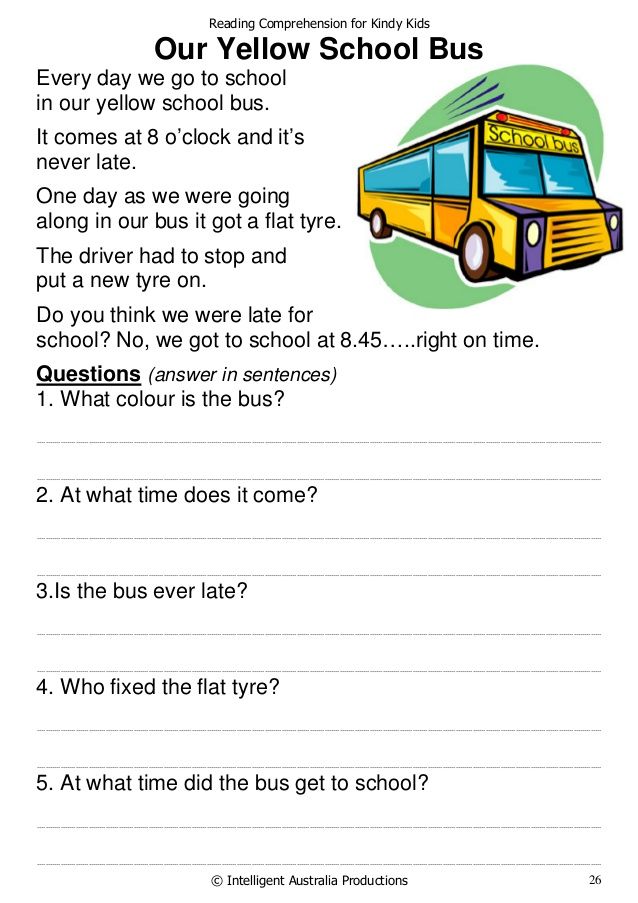 It should be remembered that electronic devices for reading books appeared quite recently, and developers are still improving them.
It should be remembered that electronic devices for reading books appeared quite recently, and developers are still improving them.
For example, according to Margolin, one of the biggest problems with screen reading is that backlit displays can quickly tire the eyes, and when reading in the evening, "lead to jet lag, making it difficult to sleep."
In other respects, it is not clear whether such obstacles are irremovable or not. For example, Campbell explains how she creates "cognitive maps" of what we read. These include visual memory (for example, whether a particular section of what was read was at the top of the left page) and kinesthetic information (based on part vs. whole scores, telling us how much we have left to read). This helps to understand why Benedetto came to the conclusion that “swiping weakens spatial memory”, thus making it difficult for you to understand the text.
However, as Campbell says, we have learned to create cognitive maps unconsciously, through years of reading, and it may be that people who grew up with electronic devices simply do not rely on such information signals, but instead use searchable keywords and data navigation toolbar.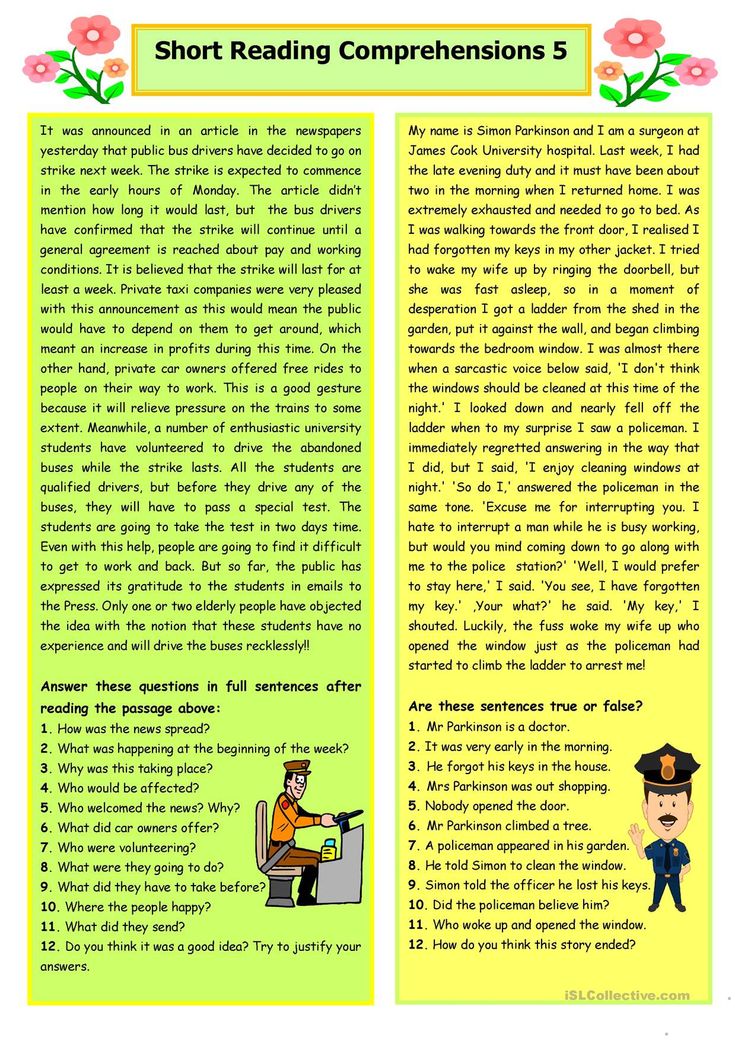 Which might be more efficient.
Which might be more efficient.
Another distinct area of research concerns motivation. One of the oft-voiced concerns of the internet age is that children are reading less. However, there is evidence that, if used wisely, electronic reading devices can stimulate a greater interest in reading.
Campbell, cites a large National Literacy Trust study last year showing that children read more when they use e-readers rather than printed books. The reason, in her opinion, is that these devices are small, light and convenient, and they can be pulled out at any time, for example, "waiting for a bus at a bus stop." Another advantage of the "reader" is the inability to see from the outside what they are reading - the latest teen novel about vampires, or a differential calculation problem.
"You can learn on the go," says Campbell, citing examples of people using their electronic devices at the hairdresser's or even at work. This reflects one aspect of reading that we all know about but often don't want to acknowledge.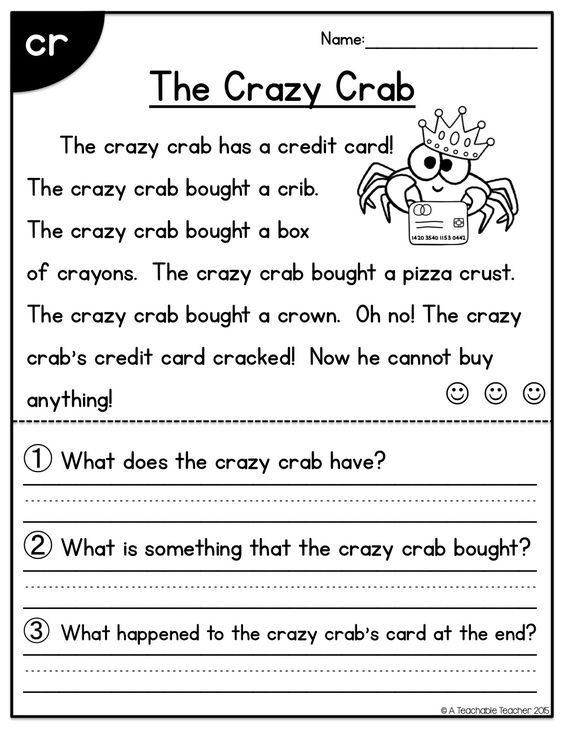 The book in your hand or on your coffee table is a public statement of who you are. Therefore, electronic devices are useful for overcoming preoccupations with our image and give us a kind of license to more actively satisfy our own curiosity and interests.
The book in your hand or on your coffee table is a public statement of who you are. Therefore, electronic devices are useful for overcoming preoccupations with our image and give us a kind of license to more actively satisfy our own curiosity and interests.
When used wisely, electronic book readers can be a huge help to many, as evidenced by the title of one recent study by a group of Harvard scientists led by Matthew Schneps: “Electronic devices are more effective than books for many dyslexic (reading inability) people ".
Schneps said that some dyslexics "are predisposed to being distracted by words next to the word they are reading at that moment." Narrow columns can help solve this problem, and, of course, "formatting is hard to change in a book that's already been printed, but in a reader it's a breeze." In paper printing, one size should fit all, but in an electronic device, a wide variety of settings are possible for the specific requirements of the reader, and this in the future means that any user can create an optimal reading environment for themselves.
Cultural influence or inner impulse
In general, there is no convincing evidence that screen or paper reading is better on its own. “If the cognitive component is strong,” Benedetto believes, then the cultural component is even stronger.”
For Margolin, "the choice of reading on paper or from the screen seems to be just a preference." And young people are increasingly choosing electronics. The study by the National Literacy Foundation mentioned above showed that 52% of young people aged 8 to 16 prefer to read from the screen, and only 32% prefer to read a printed book.
According to Anne Mangen of the University of Stavanger, Norway, we need a lot of long-term, multi-year research before we can figure out which effects of reading in different media are cultural (or lack thereof) and which are "associated with innate cognitive abilities."
At the same time, research already tells us a lot about how we read today. First and most important, they emphasize that, even when reading on paper, there are many different approaches.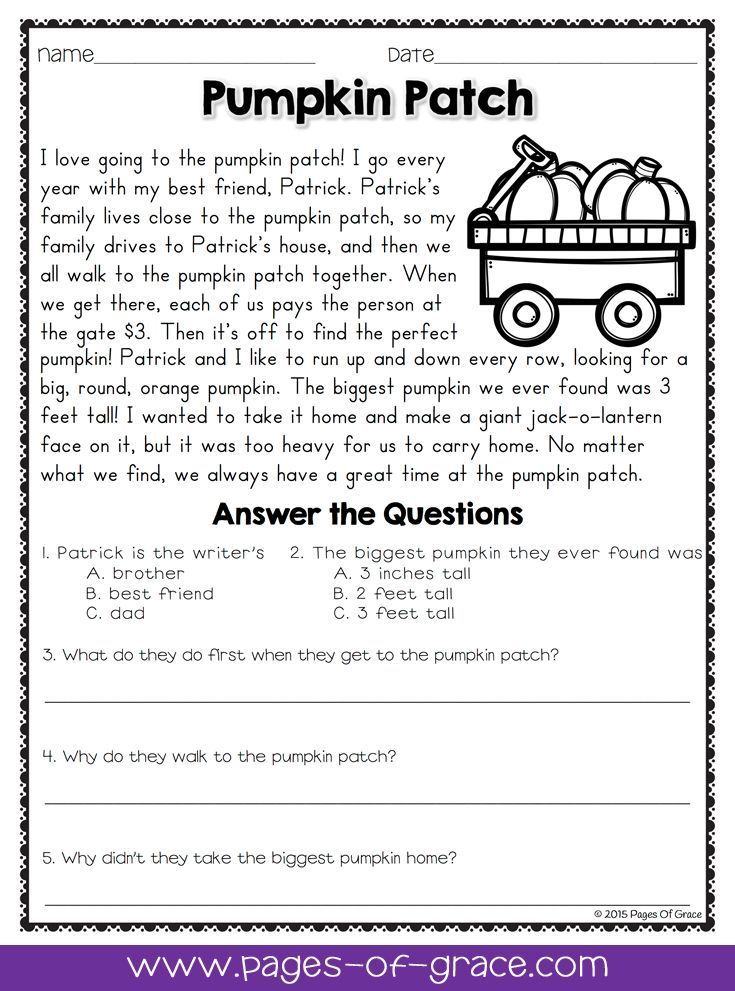 Most of us may have developed some particular style of reading: we can read quickly and superficially, with gaps or cover to cover, meticulously take care of the pristine cleanliness of the pages, or maniacally take our remarks into the margins. Be that as it may, our habits are probably formed, in large part, as a combination of childhood experiences and how the medium in which we read encourages us to read. Simply by knowing more about existing reading alternatives, we will be able to read better, for example, without being distracted when fully immersed in a work of fiction, or deliberately interrupting non-fiction reading to process the information received.
Most of us may have developed some particular style of reading: we can read quickly and superficially, with gaps or cover to cover, meticulously take care of the pristine cleanliness of the pages, or maniacally take our remarks into the margins. Be that as it may, our habits are probably formed, in large part, as a combination of childhood experiences and how the medium in which we read encourages us to read. Simply by knowing more about existing reading alternatives, we will be able to read better, for example, without being distracted when fully immersed in a work of fiction, or deliberately interrupting non-fiction reading to process the information received.
Second, we can benefit from knowing the extent to which habit, fashion, and culture shape our preferences. When we sit on a train with a book open in front of us, how much is our choice of reading shaped by our ideas of what a decent book should look like, and what a decent adult should look like in public?
Since there is no need to explain the importance of reading, it may easily seem obvious what reading actually is.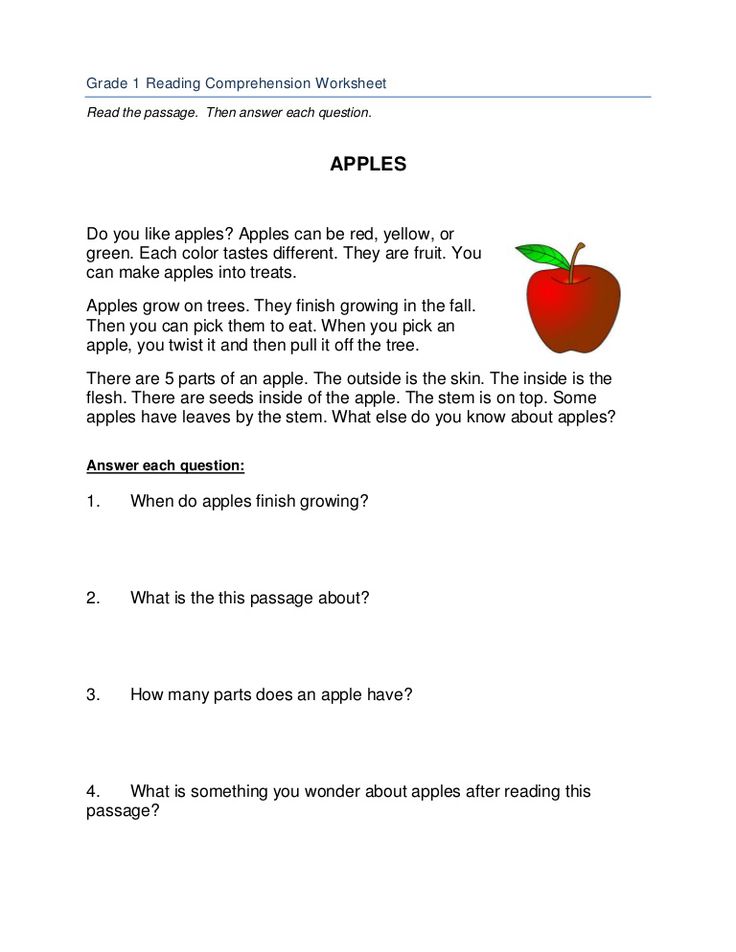
* The Hawking Index is named after Stephen Hawking's famous "unreadable" work A Brief History of Time
Source: Website http://planetasmi.ru/blogi/comments/33025.html
(Visited 348 times, 1 visits today)
Annex 1. TYPES OF PRINTED PUBLICATIONS - Annex 1. TYPES OF PRINTED PUBLICATIONS
Terms and definitions
Edition (Unacceptable title, copy, circulation, publication ): A document intended for the dissemination of the information contained in it, which has undergone editorial and publishing processing, obtained by printing or embossing, printed independently, having output intelligence.
Notes : A document means information recorded on a tangible medium with details that allow it to be identified
Print edition: Printed or embossed edition, printed independently.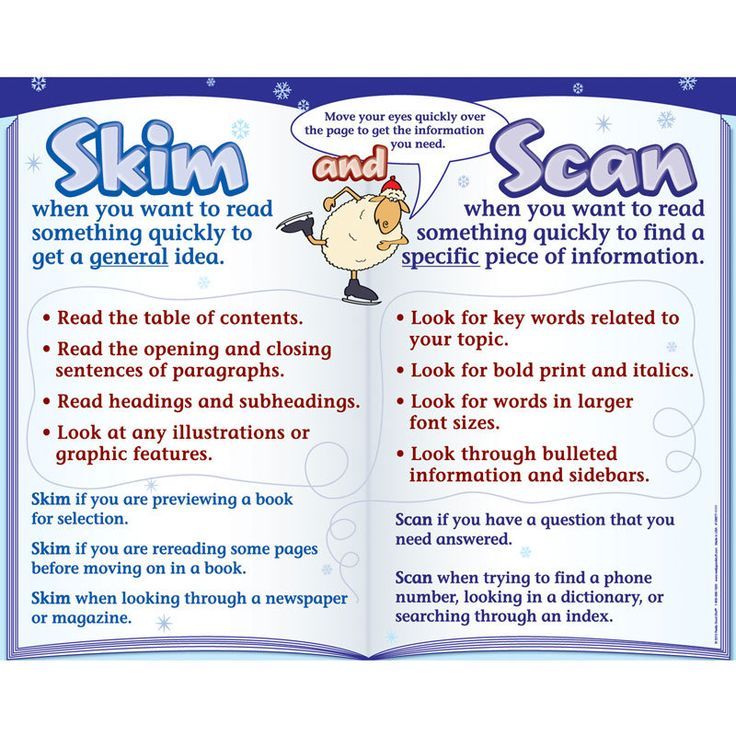
Electronic edition: Computer-required edition.
Publishing products: The totality of publications planned for release or issued by the publisher (publishers).
Publication type: A group of publications identified on the basis of one or more distinguishing features.
Types of printed publications
Types of publications by periodicity
Non-periodical publication: A one-time publication without continuation.
Serial edition: A publication published over time, the duration of which is not predetermined, as a rule, numbered and (or) dated issues (volumes) with the same title.
Periodical: A serial publication published at regular intervals, as a rule, with a constant number of numbers (issues) for each year, not repeating in content, of the same type, numbered and (or) dated issues, having the same title.
Continuing edition: Serial edition, coming out at indefinite intervals, as material accumulates, not repetitive in content, of the same type, numbered and (or) dated issues, having a common title.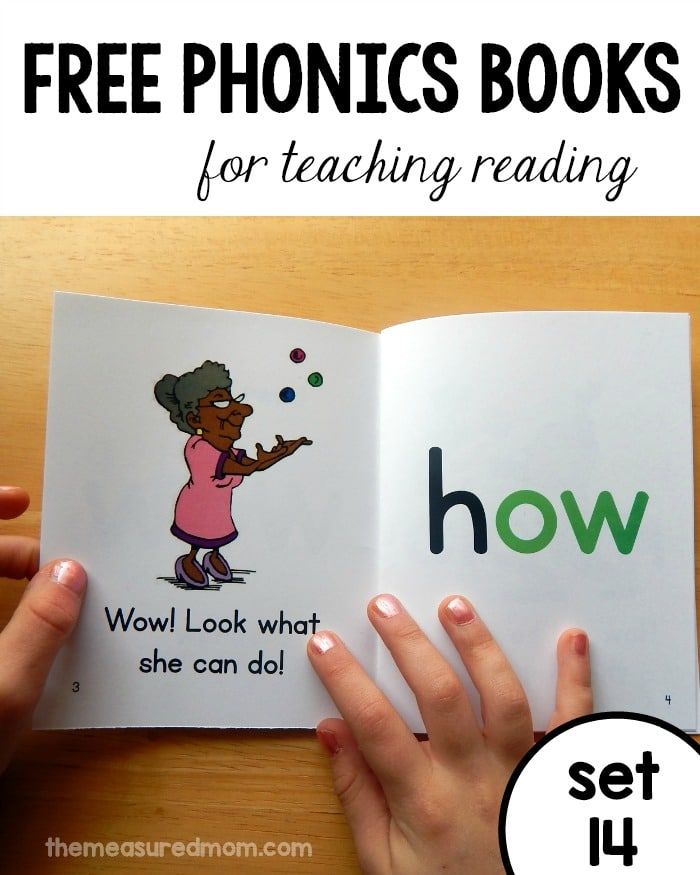
Types of publications according to the composition of the main text
Mono-edition: Publication containing one work.
Collection: Edition containing a number of works.
Digest: Collection containing the most interesting materials reprinted from other publications.
Types of publications according to the iconic nature of information
Types of visual publications
Text edition: Edition, most of the volume of which is occupied by verbal, digital, hieroglyphic, formulaic or mixed text
Cartographic publication: Edition, most of the volume of which is cartographic work(s).
Map: Cartographic sheet edition containing a map that occupies the entire area of the sheet
Map-scheme: Cartographic sheet edition containing a map with a simplified generalized representation of the content elements.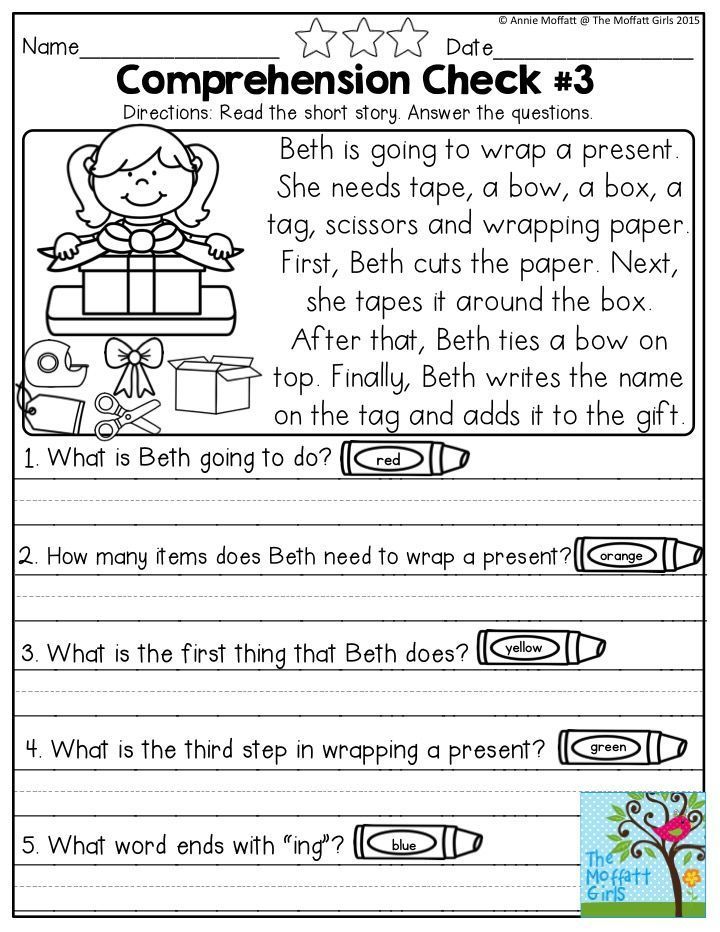
Music edition (Inadmissible musical edition): Edition, most of the volume of which is occupied by musical notation of a musical work (works).
Edition (Not allowed art products, printed graphics, graphic publication): Publication, the bulk of which is occupied by an image.
Note - The image is understood to be the reproduction of a painting, graphic, sculptural work, special or artistic photography and graphic works.
Album: Book or complete sheet art edition, which, as a rule, has explanatory text.
Technical album: Album containing drawings, technical drawings and photographs, diagrams, graphs, plans.
Photo album: Album containing reproductions of photographs specially made for this publication or selected from other publications and archival materials
Art album: Album containing reproductions of works of art or original (author's) graphic works
Atlas: An album containing images of various objects for educational or practical purposes.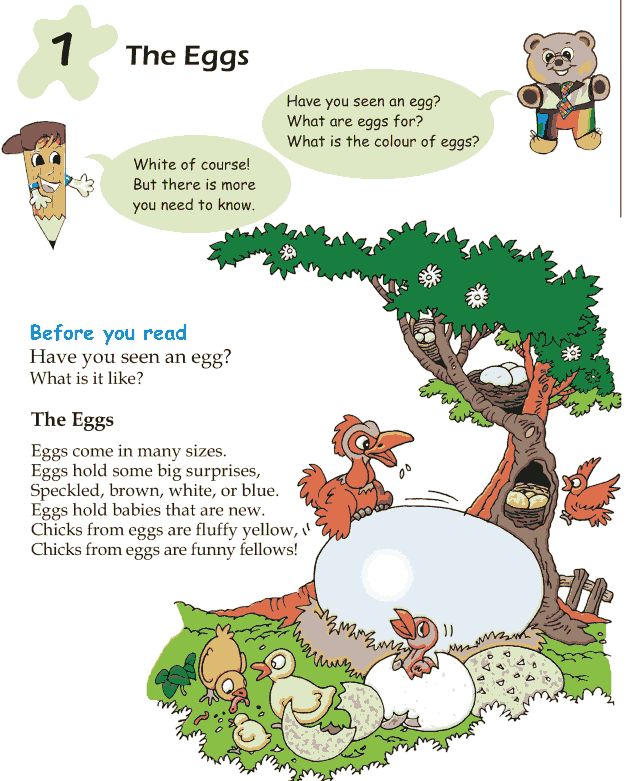
Pictorial postcard: Postcard, one side of which contains an image (drawing, photograph, art reproduction) and the other side can be used for text explaining the image or writing.
Pictorial poster: A poster containing a drawing, photograph, montage or some special image with little or no explanatory text.
Engraving: Sheet art, which is a black-and-white, two- or multicolor print from an engraved image on paper or other material
Woodcut: Sheet-based art, which is a print from an image engraved on wood.
Linocut: Sheet art edition, which is a print from an image engraved on linoleum.
Lithography: Sheet art, which is an imprint from an image engraved on stone
Etching: Sheet art, which is an imprint from a printing form obtained by scratching an image in a special layer applied to metal, followed by etching.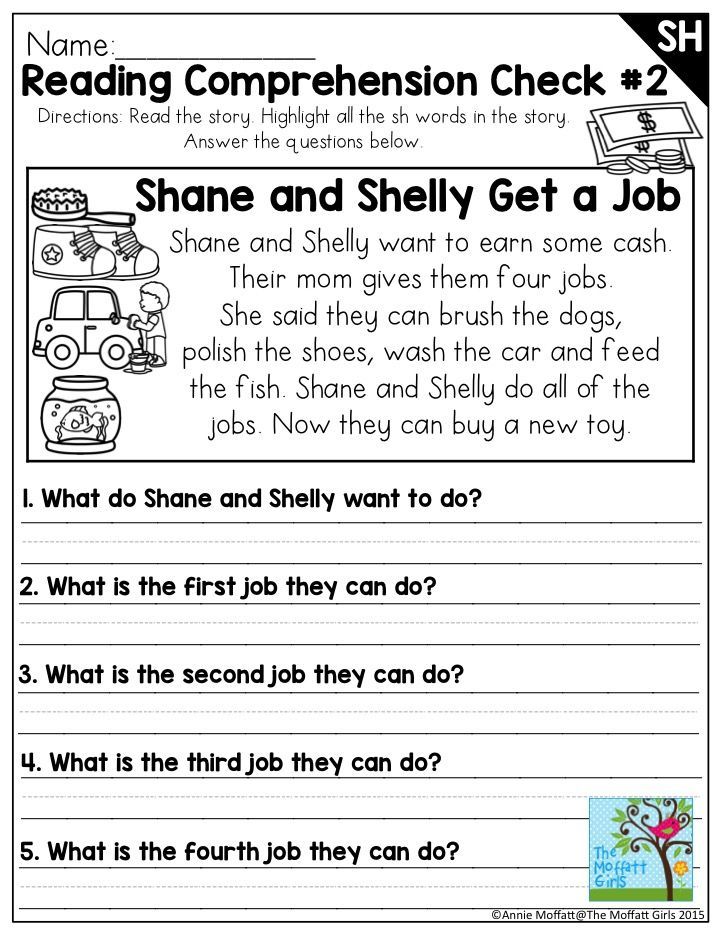
Print: Sheet art edition, which is a print from the original graphic work, the printed form for which was made by the author.
Lubok edition: Art edition in the form of a book, brochure, leaflet, calendar or separate sheets, containing deliberately primitive images and texts to them.
Art reproduction: Sheet art reproduction of a fine art work or photograph
Oleograph: Sheet art edition, which is a polygraphic reproduction of paintings made with oil paints with an imitation of the surface of the canvas and strokes of paint.
Ex-libris: One-sided one-sided art edition containing the bookmark of the library owner.
Types of non-periodical publications
Types of publications for the intended purpose
Official publication: Publication published on behalf of state bodies, institutions, departments or public organizations, containing materials of a normative or directive nature (law, decree).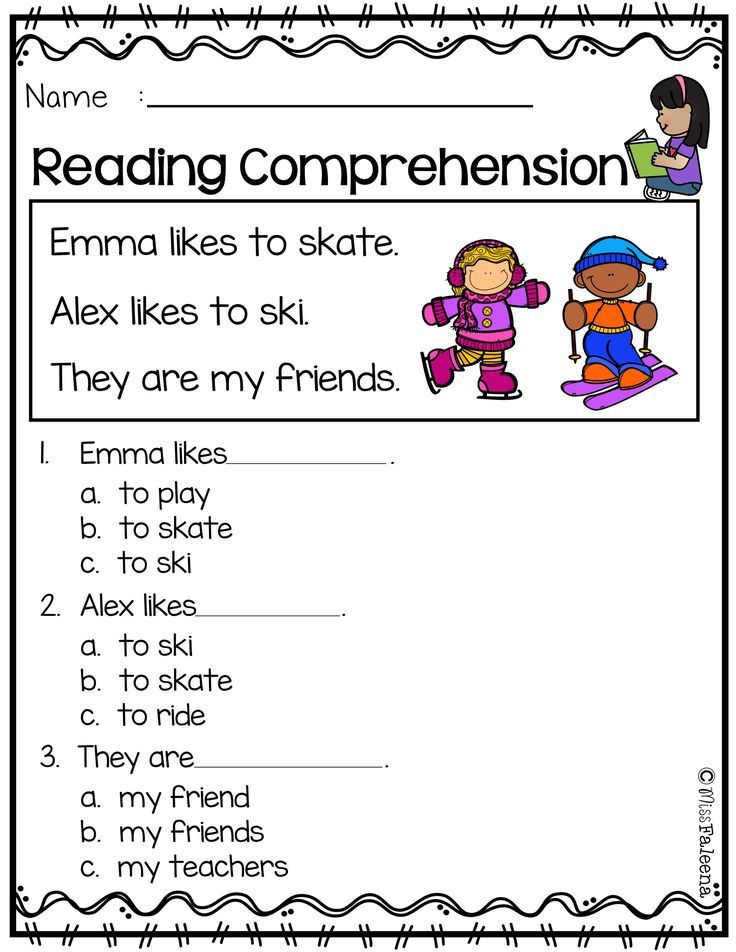
Scientific publication: Publication containing the results of theoretical and (or) experimental research, as well as cultural monuments and historical documents scientifically prepared for publication.
Popular scientific publication: Publication containing information about theoretical and (or) experimental research in the field of science, culture and technology, presented in a form accessible to the non-specialist reader
Literary and artistic publication: A publication containing a work of fiction.
Industrial and practical publication: Publication containing information on technology, technique and organization of production, as well as other areas of social practice, designed for specialists of various qualifications.
Regulatory production and practical publication: Official publication containing norms, rules and requirements in various areas of production activity
Regulatory production and practical publication: Official publication containing norms, rules and requirements in various areas of production activity
Mass political publication: Publication containing a work of social and political topics, agitation and propaganda nature and intended for a wide range of readers .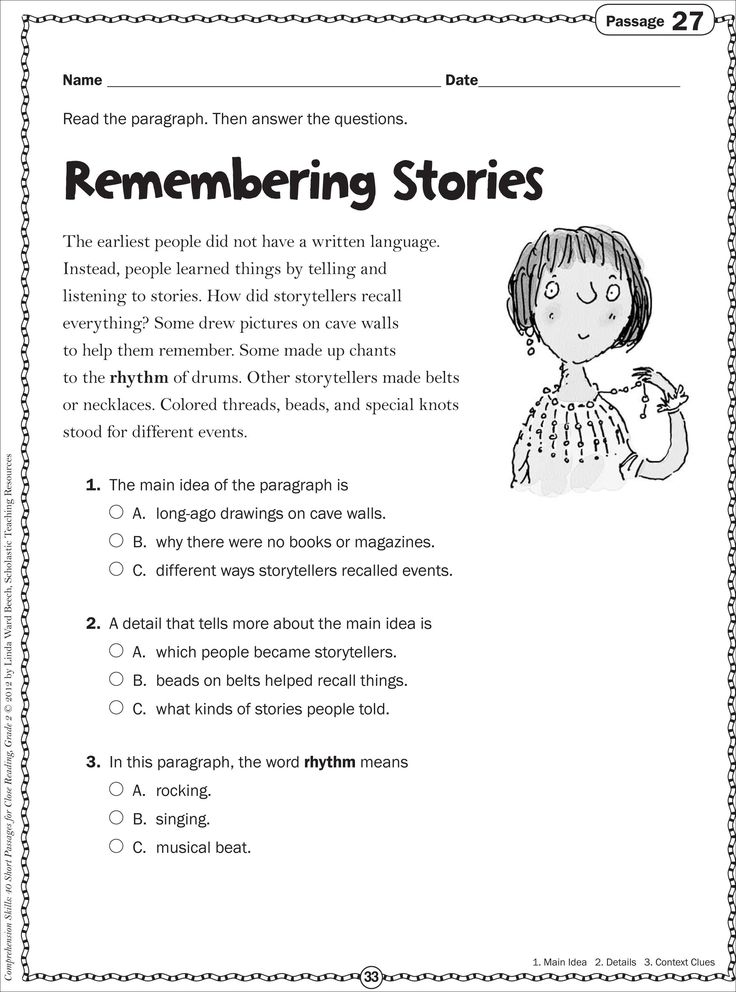
Spiritual and educational publication: Religious publication explaining the postulates of the worldview based on the belief in the existence of higher divine powers.
Reference book: A book containing brief information of a scientific or applied nature, arranged in an order convenient for their quick retrieval, not intended for continuous reading.
Information publication: Publication containing systematized information about documents (published, unpublished, unpublished) or the result of analysis and generalization of information presented in primary sources, issued by an organization engaged in scientific and information activities
Promotional publication: Publication containing information about products, services, events presented in an eye-catching form in order to create demand for them.
Leisure publication: Publication containing publicly available information on the organization of everyday life, various forms of amateur creativity, and various types of hobbies.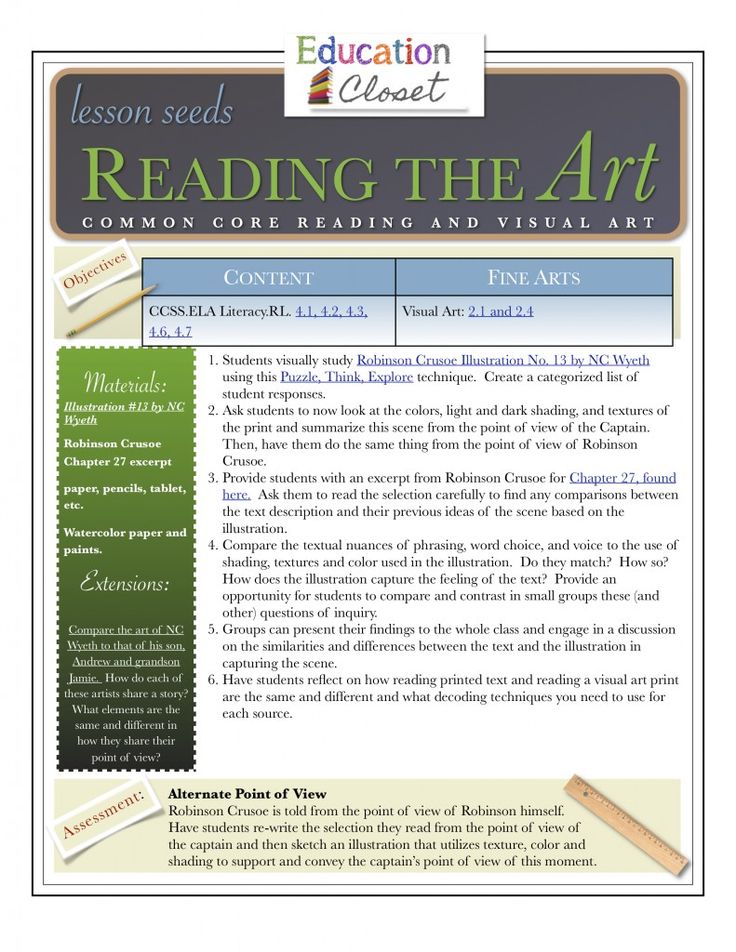
Types of publications at reader's address
Mass edition: Publication intended for the widest range of readers.
Popular edition: A publication intended to satisfy the non-professional interests of a wide range of readers in one or more special areas of knowledge.
Confidential Edition: A publication intended for the use of a strictly defined group of individuals or institutions and marked as such on the cover and/or title page.
Elite edition: Edition intended for a narrow circle of connoisseurs.
Bibliophile edition: A small edition with special aesthetic qualities appreciated by bibliophiles.
Types of publications by the nature of information
Scientific and popular science publications
Monograph: Scientific or popular science publication containing a complete and comprehensive study of one problem or topic and owned by one or several authors.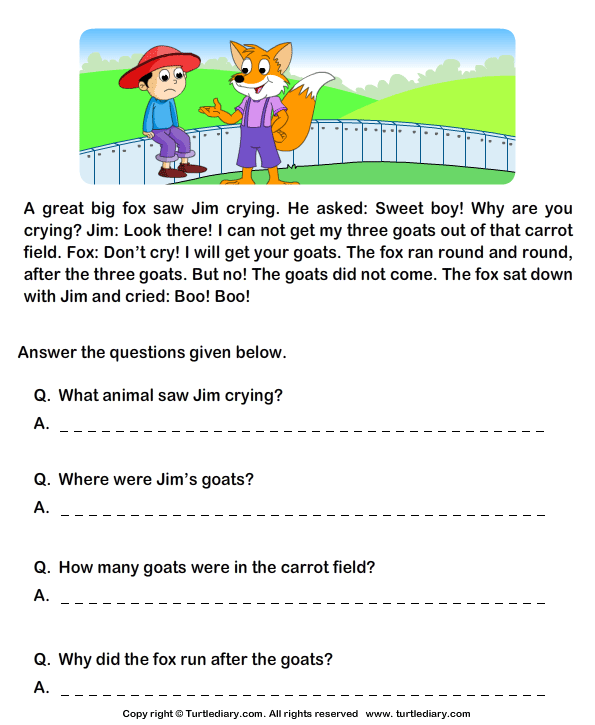
Collection of scientific works: Collection containing research materials of scientific institutions, educational institutions or societies.
Materials of the conference (congress, symposium): A non-periodic collection containing the results of the conference in the form of reports, recommendations, decisions.
Preprint: Scientific publication containing preliminary materials published before the publication of the publication in which they can be placed.
Prolegomena, introduction: Scientific or educational publication containing primary information and basic principles of any science.
Abstracts of reports/messages of a scientific conference (congress, symposium): Scientific non-periodical collection containing materials of a preliminary nature published before the conference (abstracts, abstracts of reports and (or) messages).
Dissertation abstract: A scientific publication in the form of a brochure containing an abstract of the research conducted by the author, submitted for the degree.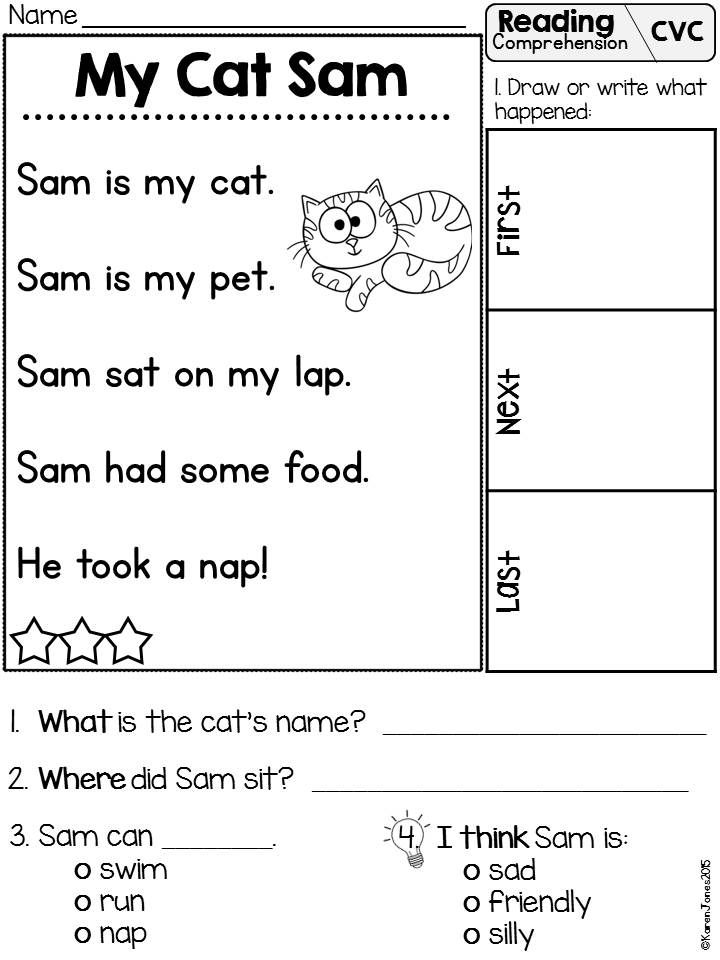
Official and regulatory publications
Instruction: Official publication containing rules for regulating industrial and social activities or the use of products and (or) services.
Price list: Official and (or) reference publication containing a systematic list of materials, products, equipment, production operations, services, indicating prices, and sometimes brief characteristics.
Standard: Official publication containing a set of norms, rules, requirements for the object of standardization, which are established on the basis of the achievements of science, technology and best practices and approved in accordance with applicable law.
Statutory edition: Official edition containing the charter - a set of rules governing the organization and procedure for certain activities.
Production and practical publications
Instructive and methodological publication: Production and practical publication containing documents of a certain type and guidelines for their use, addressed to specialists to help their practical activities within the framework of this department.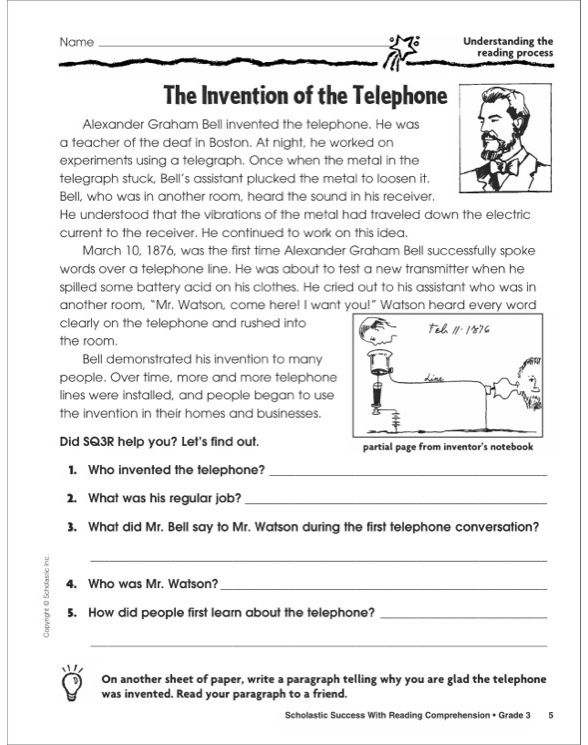
Practical guide: Production-practical edition, designed to master the knowledge and skills in the performance of work.
Practical guide: A practical guide for self-mastery of any production skills.
Memo: A practical and practical publication, which has a small volume, containing practical information useful in production activities or everyday life
Educational publications
Textbook: Educational publication containing a systematic presentation of the academic discipline, its section, part, corresponding to the curriculum, and officially approved as this type of publication.
Textbook: Educational edition that supplements or replaces partially or completely the textbook officially approved as this type of publication.
Teaching aid: Educational publication containing materials on the methods of teaching, studying an academic discipline, its section, part or education.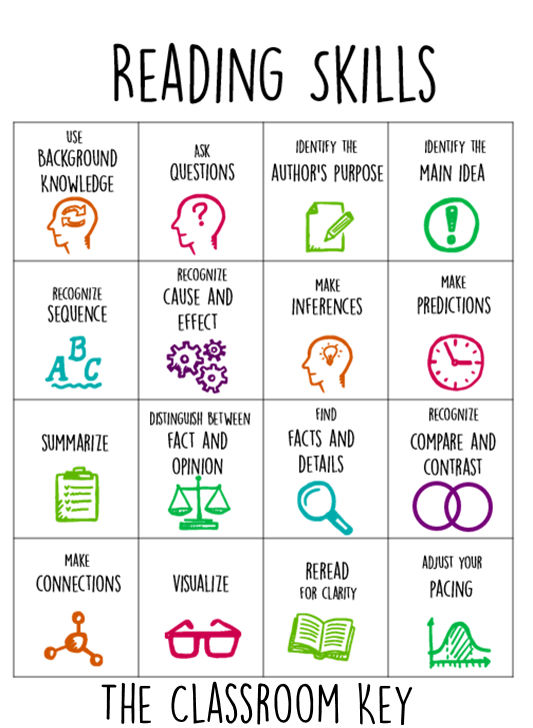
Educational visual aid: Educational visual publication containing materials to help study, teach or educate.
Workbook: A textbook with a special didactic apparatus that facilitates the student's independent work on mastering the subject.
Reader: Educational publication containing literary, artistic, historical and other works or excerpts from them that make up the object of study of the academic discipline.
Curriculum: Educational publication that defines the content, volume, and also the order of studying and teaching the academic discipline, its section, part.
Educational kit: A set of educational publications designed for a certain level of learning and includes a textbook, study guide, workbook, reference book.
Reference and promotional publications
Encyclopedia: Reference publication containing in a generalized form the basic information on one or all branches of knowledge and practice, presented in the form of articles arranged in alphabetical or systematic order
Dictionary (Invalid reference dictionary) : Reference book containing an ordered list of language units provided with reference data related to them.
Reference book: A reference book of an applied, practical nature, having a systematic structure or built alphabetically by the titles of articles.
Address/phone book: Directory containing a list of any addresses/telephones.
Catalogue: Official, reference and/or promotional publication containing a systematic list of available items and services.
Auction catalog: A catalog containing a list of items presented for auction.
Library catalog: A catalog containing a list of books that are or have been in a library.
Exhibition catalogue: Catalog containing a list of objects exhibited at the exhibition and their description.
Museum catalogue: Catalog containing a list of items (full or partial) located in the museum(s) and their description.
Prospectus (Unacceptable catalogue; catalogue-prospectus) : Reference and (or) advertising publication containing a systematic list of services, items (description of one item) intended for release, sale or exhibition.
Guidebook: Directory containing information about any geographical point or cultural and educational institution (event), arranged in an order convenient for following or viewing.
Bio-bibliographic guide/dictionary: A directory containing biographical information about any persons, lists of their works and literature covering their lives and activities.
Biographical guide / dictionary: A directory containing information about the life and work of any person.
Poster: Advertising or reference leaflet announcing a cultural event and intended for posting.
Literary and artistic publications
Almanac: A collection containing literary and artistic and (or) popular science works, united according to a certain attribute.
Anthology: Non-periodical collection, including selected works of literature and art or extracts from them, mostly poetry.
Songbook: A collection of lyrics collected on various grounds - themes, belonging to one author, often accompanied by notes.
Types of publications according to the nature of analytical and synthetic processing of information
Bibliographic publication: Information publication, the main materials of which are an ordered list of bibliographic records or a text with a coherent description of publications (works). This is any bibliographic manual published separately
Annotated thematic publication plan: A bibliographic publication containing an annotated list of publications of a publishing house or a group of publishing houses planned for the year and intended to inform about the literature planned for release and collect orders for it.
Bibliographic index: Part of the reference apparatus of the publication, revealing the composition or content of the works included in this publication.
Publisher's bibliographic index; publisher's catalogue: bibliographic index reflecting publishing products issued or planned for release by one or more publishers.
Bookseller bibliographic index; bookselling catalogue: bibliographic index published or used to promote the marketing of publishing products.
Printed catalog card: Small size (125x75 mm) sheet bibliographic publication, standard form, intended for inclusion in the card catalog.
Review Edition: An informational edition containing one or more reviews, including the results of the analysis or synthesis of the information presented in the sources.
Bibliographic overview: An information publication, which is a coherent narrative about publications or documents on a specific topic.
Abstract edition: Information edition containing an ordered set of bibliographic records, including abstracts.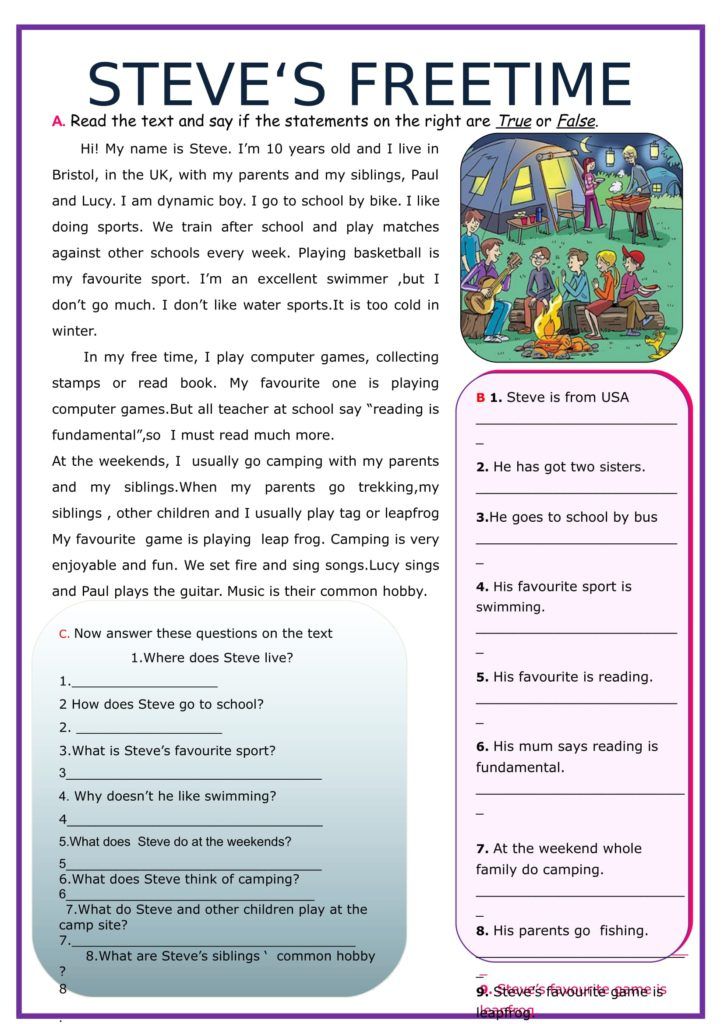
Fact sheet: Abstract non-periodical publication reflecting information about best practices or scientific and technological achievements.
Abstract collection: Abstract edition published as a collection.
NOTE An abstract collection may be periodic or ongoing.
Express information: Periodical abstract publication containing extended and consolidated abstracts of the most relevant foreign published materials or domestic unpublished documents that require prompt notification.
Types of publications by original content
Original edition: A publication containing an original work and published in the original language.
Translated edition: A publication containing a work translated from any foreign language into the language of the nationality to which the publication is addressed.
Multilingual edition: Edition in which the text is published in whole or in part in several languages.
Edition with parallel text: Edition containing the text of the work in two or more languages, one of which is usually the original language and the other of the translation.
NOTE This edition may contain texts in several languages, not including the original text.
Parallel edition: Edition published alongside another, identical in content and design, but each in its own language.
Types of publications according to the method of organizing works
Academic publication: A publication containing a scientifically verified text of a work and its various versions, carefully prepared, equipped with a large scientific reference apparatus, including a detailed commentary.
Selected works; selected works: One-volume or multi-volume publication containing part of the works of one or more authors, selected according to a certain principle.
Collected Works: One-volume or multi-volume publication containing all or a significant part of the works of one or more authors, giving an idea of his work as a whole.
Multivolume edition; multi-volume: Non-periodical publication consisting of two or more numbered volumes, representing a single whole in content and design
Single-volume publication; single volume: Non-periodic edition issued in one volume
Single Edition: Edition containing a work previously published in a periodical, collection, collected works or selected works.
Addendum: Edition of its own value distributed with the main edition free of charge or at an additional cost.
Series: Serial publication, including a set of volumes united by a common idea, subject, target or readership, published in the same design.
Serial: Non-periodic edition.
Types of printed publications by volume
Book: Book edition of more than 48 pages.
Brochure: Book edition of more than 4, but not more than 48 pages
Leaflet (Not allowed leaflet, leaf ). Leaf edition from 1 to 4 pages.
Leaf edition from 1 to 4 pages.
Types of publications by reissue
First edition: Publication of a work that is published for the first time.
First stand-alone edition: Edition of a work that appears for the first time as a separate book or pamphlet, but has already been published
Reissue: Newly issued edition of a work with or without changes.
New edition: Edition of a work published by this publisher for the first time, as well as from a new set, either in a new edition or in a new artistic and technical design and printing design.
Revised edition: Reissue, which contains additions in the form of separate chapters, sections, paragraphs, paragraphs, illustrations.
Revised edition: Reissue, in which the author eliminated earlier inaccuracies, corrected factual errors without a radical alteration of the text of the work.
Revised edition: Reissue in which all or a significant part of the text has been changed from the previous edition.
Revised edition: Reissue, the text of which contains editorial corrections in the form of clarification, changes in wording, replacement of obsolete material with new.
Expanded edition: Reissue, the text of which is expanded from the previous edition.
Stereotype edition: Reissue without changes.
Reissue: A stereotypical edition immediately following the previous one.
Reprint: Reissue without changes of the text of an edition (or part thereof) issued by another publisher from a new set.
Types of periodicals and continuing publications
Newspaper: Periodical newspaper published at short intervals, containing official materials, current information and articles on topical socio-political, scientific, industrial and other issues, as well as literary works and advertising .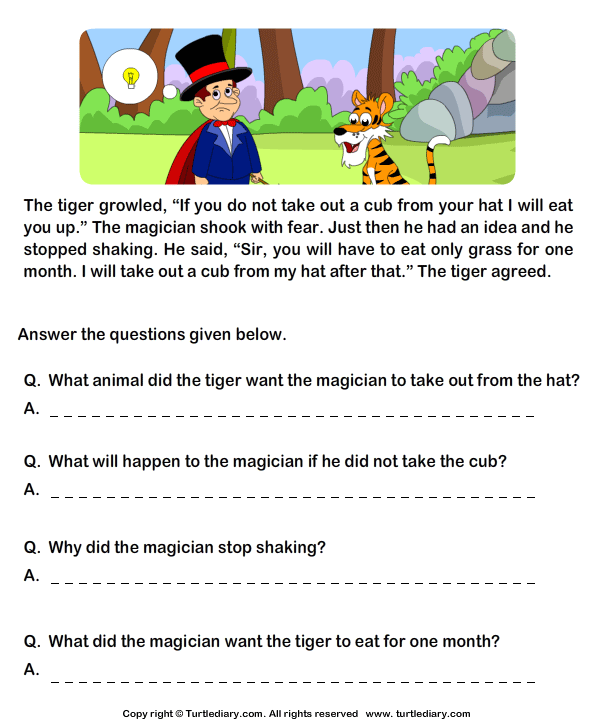
Journal: A periodical magazine publication with permanent headings and containing articles or abstracts on various issues and literary and artistic works.
Bulletin: A periodical or continuing publication, issued promptly, containing brief official material on matters within the purview of the issuing organization.
Bulletin-table: Bulletin containing factual data arranged in the form of a table.
Statistical bulletin: Bulletin-table, the contents of which are operational statistical data characterizing a certain area of life and activity of society .
Regulatory bulletin: A bulletin containing material of a regulatory, policy or instructional nature, usually issued by a government agency
Promotional Bulletin (Invalid Newsletter ): A newsletter that contains information about products, services, events in an eye-catching form in order to create demand for them.
Reference Bulletin (Invalid Information Bulletin ): A bulletin containing any reference material arranged in an order convenient for quick retrieval.
Calendar: Periodical reference book containing a sequential list of days, weeks, months of a given year.
Types of printed publications by material structure
Journal edition: Publication in the form of a block of sheets of printed material bound in the spine of the established format, publishing adapted to the specifics of this periodical publication, in a cover or binding.
Book edition: Spine bound edition of printed material
in any size with cover or binding.
Leaf edition: Publication in the form of one or more sheets of printed material in any format without binding.
Booklet (Unacceptable brochure): Edition in the form of a single sheet of printed material, folded in any way in two or more folds.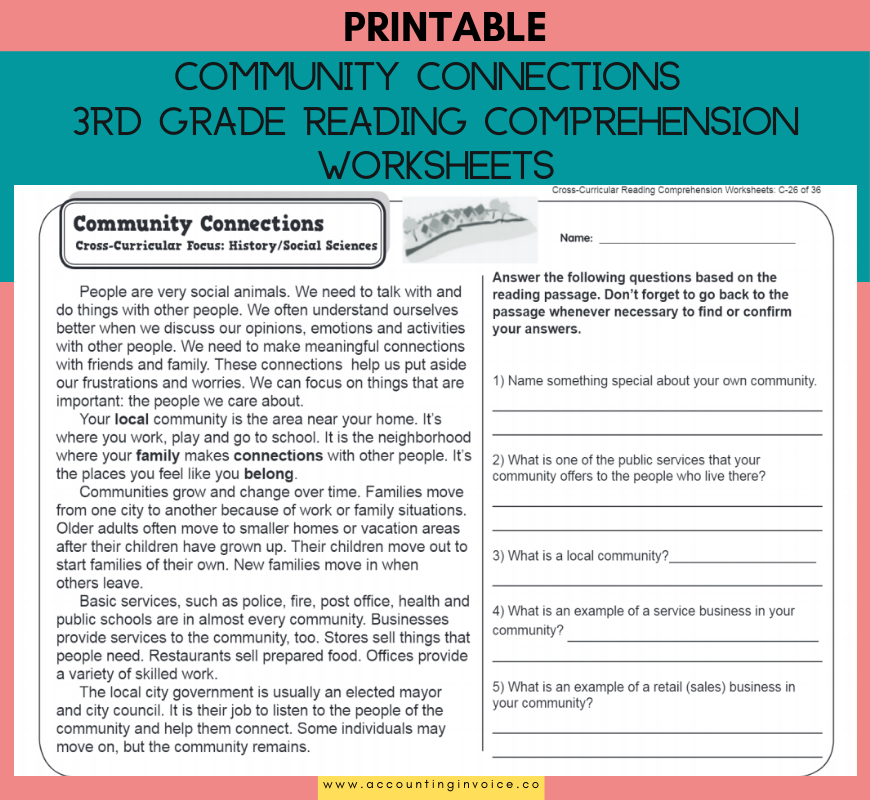
Newspaper edition: Sheet edition in the form of one or more sheets of printed material of the established format, publishing adapted to the specifics of this periodical.
Note - In some cases, bonding of sheets of printed material is used. In this case, the term "newspaper and magazine publication" is used.
Card Edition: Fixed-sized sheet edition printed on heavy stock.
Postcard: Card edition printed on one or both sides.
Bookmark: Long sheet edition, used to avenge the desired page in the publication, printed on thick paper and containing a variety of images and / or promotional information.
Poster: Sheet-fed publication in the form of one or more sheets of printed material of a specified size, printed on one or both sides of a sheet, intended for exposure.
Dual entry book/magazine: Edition in which the texts begin on both sides of the cover or cover, with each text having its own title page and its own pagination.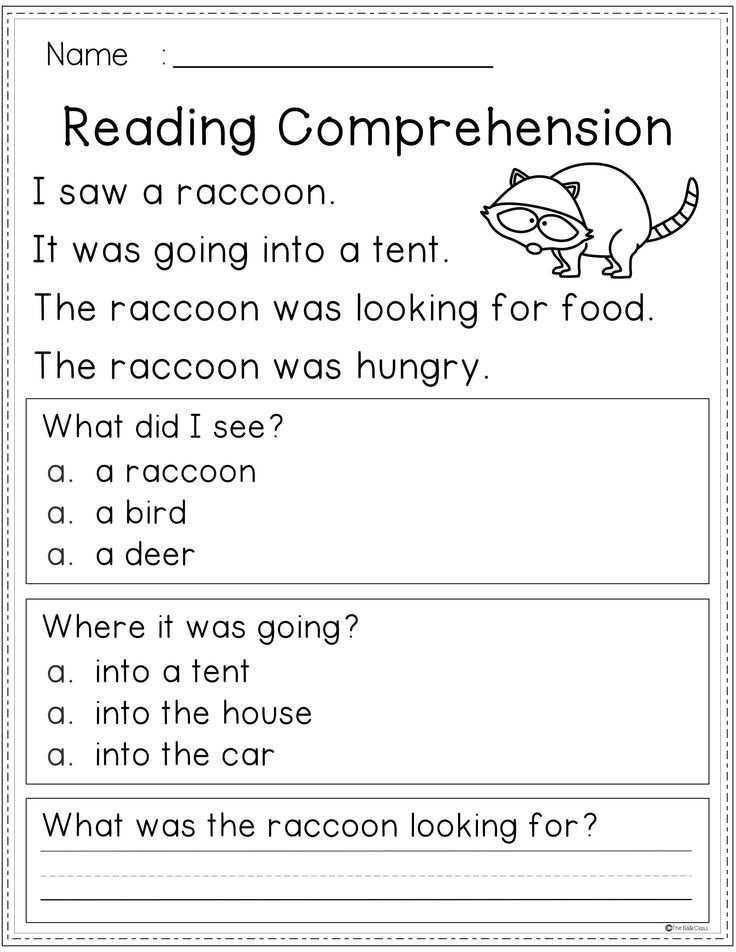 Note - A double entry book may have one back cover and two front covers with different title pages and texts.
Note - A double entry book may have one back cover and two front covers with different title pages and texts.
Toy book: A publication with an unusual constructive form, intended for the mental and aesthetic development of children. Note - There are the following types of toy books: a picture book, a coloring book, a screen book, an accordion book, a spinner book, a book with a game plan, a panorama book, an idea book, a figure book, a craft book.
Combined edition: Edition , includes, along with printed text, recordings of sounds (records, tapes) and images on other material media (slides, films).
Complete edition (Unacceptable folder, album, vrazh ): A set of publications collected in a folder, case, wrapper or enclosed in a cover.
Types of printed publications by format
Small-format publication: Publication whose format is more than 100x100 mm, but does not exceed 60x90/32 (107x140 mm).
Miniature edition: Edition with a format not exceeding 100x100 mm.
Little book: Edition having a format not exceeding 50x60 mm.
Folio: Edition, the format of which is a fraction of a sheet of paper.
Types of printed publications by the nature of design and method of printing
Paperback: Paperback pocket edition, mass-circulated.
Improved edition: Edition issued in improved art design and printing: using the original layout, fonts of new typefaces, on high quality paper.
Keepsek: Luxuriously designed book/album.
Facsimile edition: Edition that reproduces the original (original) with the maximum degree of similarity: in terms of its size, appearance of the paper, binding, all the features of the text and illustrations, traces of time, use.
Reprinted edition; cr.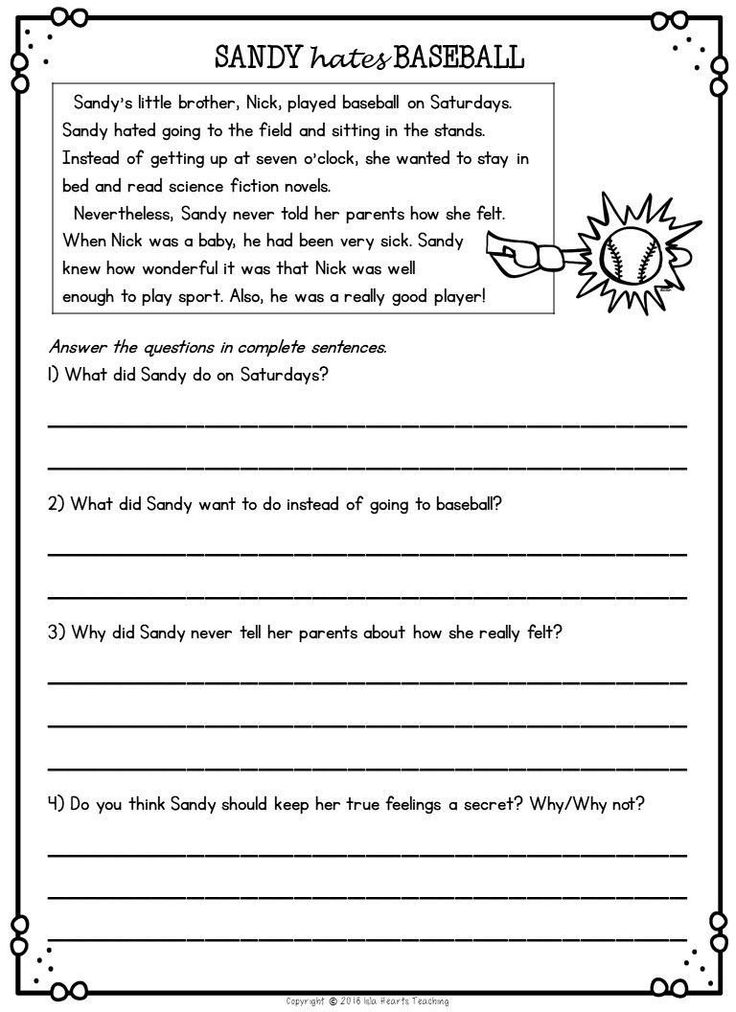 f . reprint: An edition produced by reproducing the pages of the edition selected for reproduction.
f . reprint: An edition produced by reproducing the pages of the edition selected for reproduction.
Woodcut book: Edition, the text and illustrations of which are made in the technique of woodcut.
Lithographed edition: Edition, the text and illustrations of which are printed by lithography.
Types of publications by author, publisher
Anonymous edition: A publication published without indicating the name of the author, as well as without indicating the publisher, place and year of publication.
Own edition: A publication published at its own expense by an author who is also a publisher.
Lifetime edition: Edition published during the lifetime of the author. Note - A lifetime edition can be authorized (approved by the author) and unauthorized
Posthumous edition: An edition of the author's work that was published shortly after his death.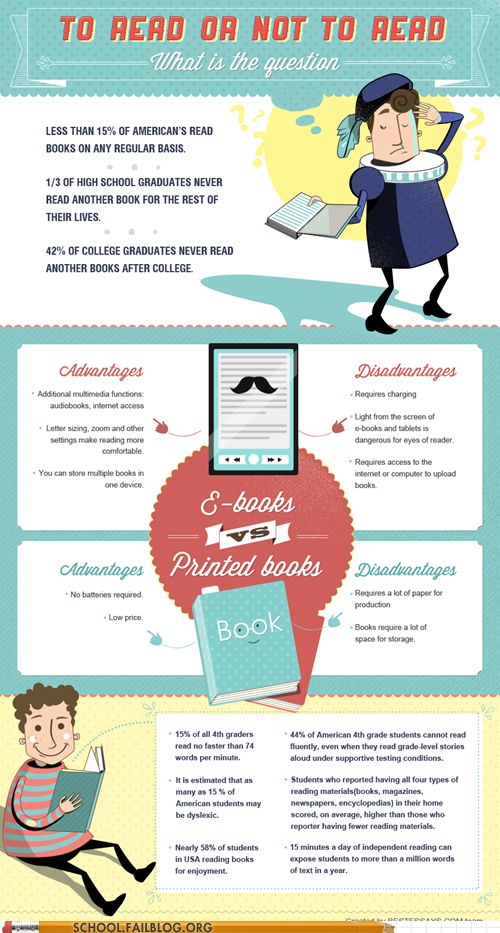
Departmental publication: A publication issued with the stamp of a department (institution, organization) and, as a rule, associated with the activities of this department.
Joint publication: A publication issued on behalf of two or more publishers (publishers or individuals), involving joint authoring and editorial work on the publication, participation of each of the co-publishers in the copyright for the entire publication or part of it.
Company publication: A publication issued by an industrial or trading company and containing information about the products manufactured or sold by it, or data related to the activities of this company.
Types of publications by nature of circulation
Free publication: Publication distributed free of charge among a certain circle of readers.
Bestseller: A mass-circulation book edition designed for the widest range of readers and in the greatest demand.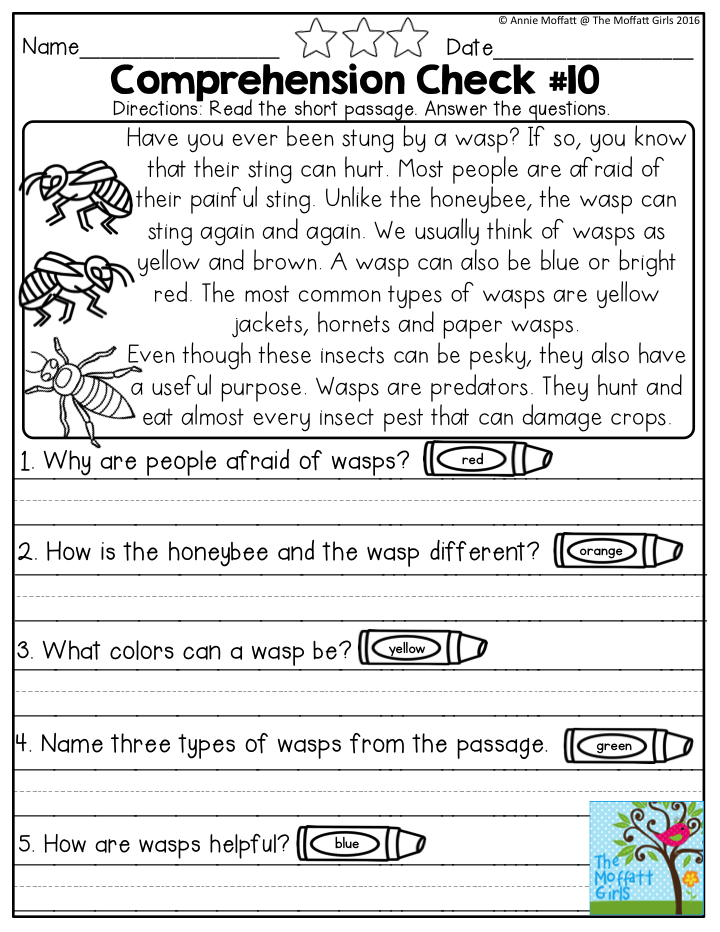
Second-hand book: The book, which was in use and entered into repeated commodity circulation.
Edition as manuscript: A document reproduced in a limited edition for distribution to a narrow circle of people for the purpose of preliminary acquaintance with its text.
Numbered edition: Edition, each copy of which has its own serial number, printed or stamped on the title page, its back or cover.
Note - Only a part of the circulation of a publication can be numbered.
Subscription edition: Pre-subscription edition.
Rare Edition: An edition that has been preserved or produced in a small number of copies and is of some value.
Types of publications issued in honor of an event or person
Commemorative publication: Publication issued to commemorate an event or dedicated to the memory of a person.
Anniversary Edition: Edition dedicated to the anniversary of an event, person, organization, etc.

